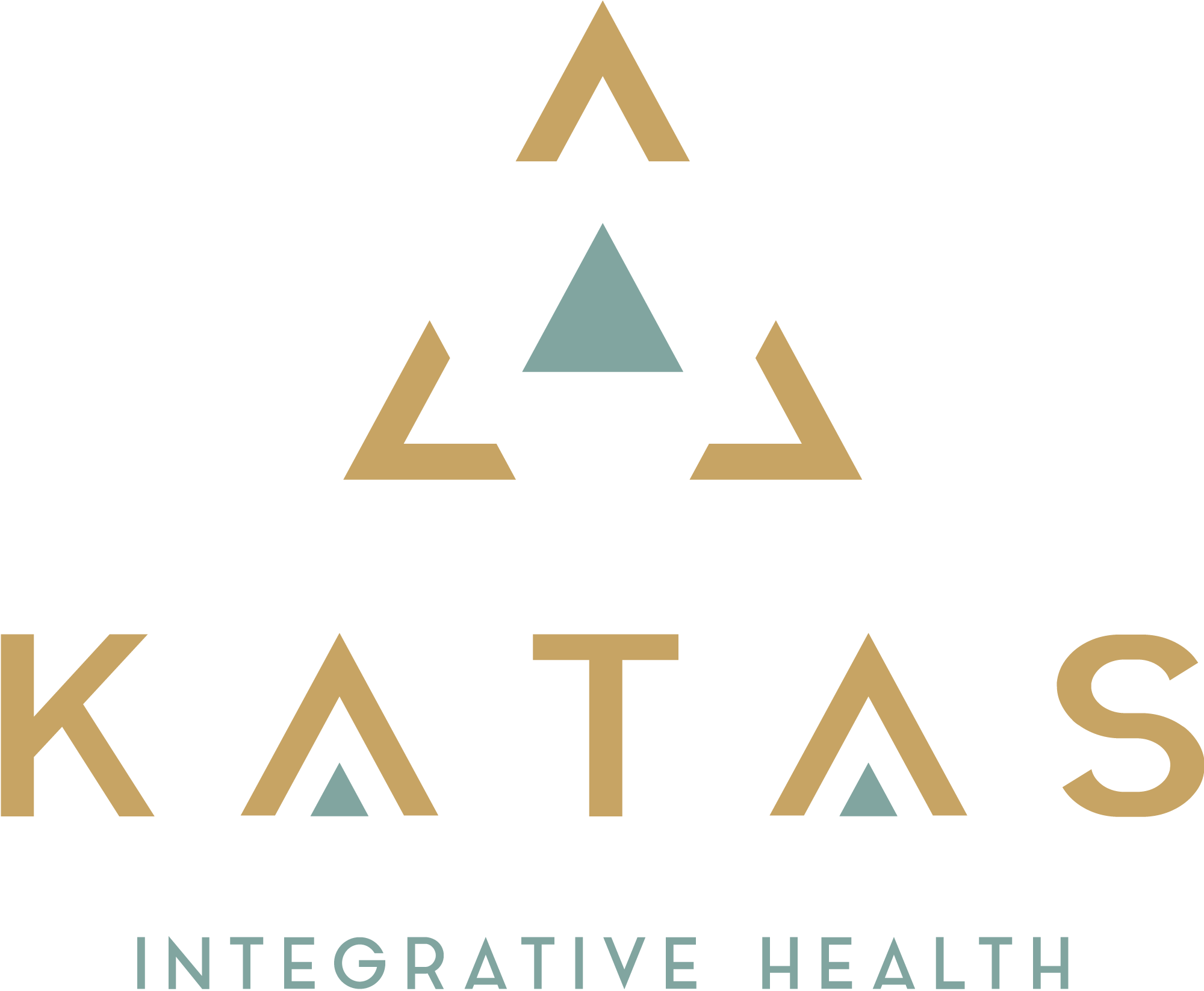What is BPA (bisphenol-A)
An industrial chemical used to make PVC plastics, flame retardants, plastic food and drink packaging, kitchenware, the inner coating of cans and jar lids, water bottles, electrical and electronic goods, electronic storage media, and marine and car coatings.
BPA is lipophilic, which means it attaches to fat. For this reason, it is easy for your fat cells to accumulate BPA. BPA causes oxidative stress, generating highly reactive toxic intermediates in the liver, kidney, testes, and brain.
“BPA may play a significant role in the pathogenesis of several endocrine disorders, including female and male infertility, precocious puberty, hormone-dependent tumors such as breast and prostate cancer, hyperplasia of the endometrium, and several metabolic disorders including polycystic ovary syndrome (PCOS), insensitivity to insulin, and diabetes.” Quote from clinical Environmental Medicine” by Dr. Joseph E Pizzorno and Walter Crinnion
Phthalates are high-production chemicals used to make plastics more flexible and resilient and to solubilize fragrances in health and beauty aids. Phthalates cause mitochondrial disruption, endocrine disruption (diabetes, reproductive effects, obesity, thyroid issues), respiratory conditions, delayed mental development, autism and mood disorders.
Sources of Phthalates

Photo by Karolina Grabowska.-Pexels
PRODUCTS: shower curtains, raincoats, toys, furniture;
FOOD: any food that comes into contact with plastic food wrap, bottled water, plastic cups, food containers. Plastics migrate into food based on fat content, length of time the wrap is in contact, and heat exposure;

AIR: from air fresheners, polyvinyl flooring, foam mattresses, all other plastic material;
PERSONAL CARE PRODUCTS including all perfumes, liquid soap, shower gel, body lotion, hair products, nail polish, and cosmetics.
Link to Safer Chemicals, Healthy Families
“Significant reduction in urinary phthalate levels have been found in young girls when they reduced their frequency of handwashing, ceased drinking from plastic cups, and used less shower gel and shampoo. The greatest reduction of phthalates is attainable by avoiding the use of body lotion, deodorant, perfume and colognes, anti-aging facial creams and bottled water.” Quote from clinical Environmental Medicine” by Dr. Joseph E Pizzorno and Walter Crinnion
A wonderful read to learn more about common toxic household exposures.
You will never look at a Rubber Duck the same again.

“In Slow Death by Rubber Duck: The Secret Danger of Everyday Things, wild and crazy Canadian science-policy geeks Smith and Lourie write about the slightly horrific, and sometimes hilarious, an experiment they conducted on themselves. For one week, they hung out in a rented apartment inhaling and ingesting a variety of toxic chemicals that are in everyday household products. Some examples: personal-care products containing phthalates and triclosan, baby bottles leaching bisphenol A (BPA), high levels of mercury in tuna, and the off-gassing from new carpets. The authors carefully monitored themselves by taking urine and blood tests throughout the experiment. These were regularly sent to a highly respected forensic laboratory.” -HuffPost.



